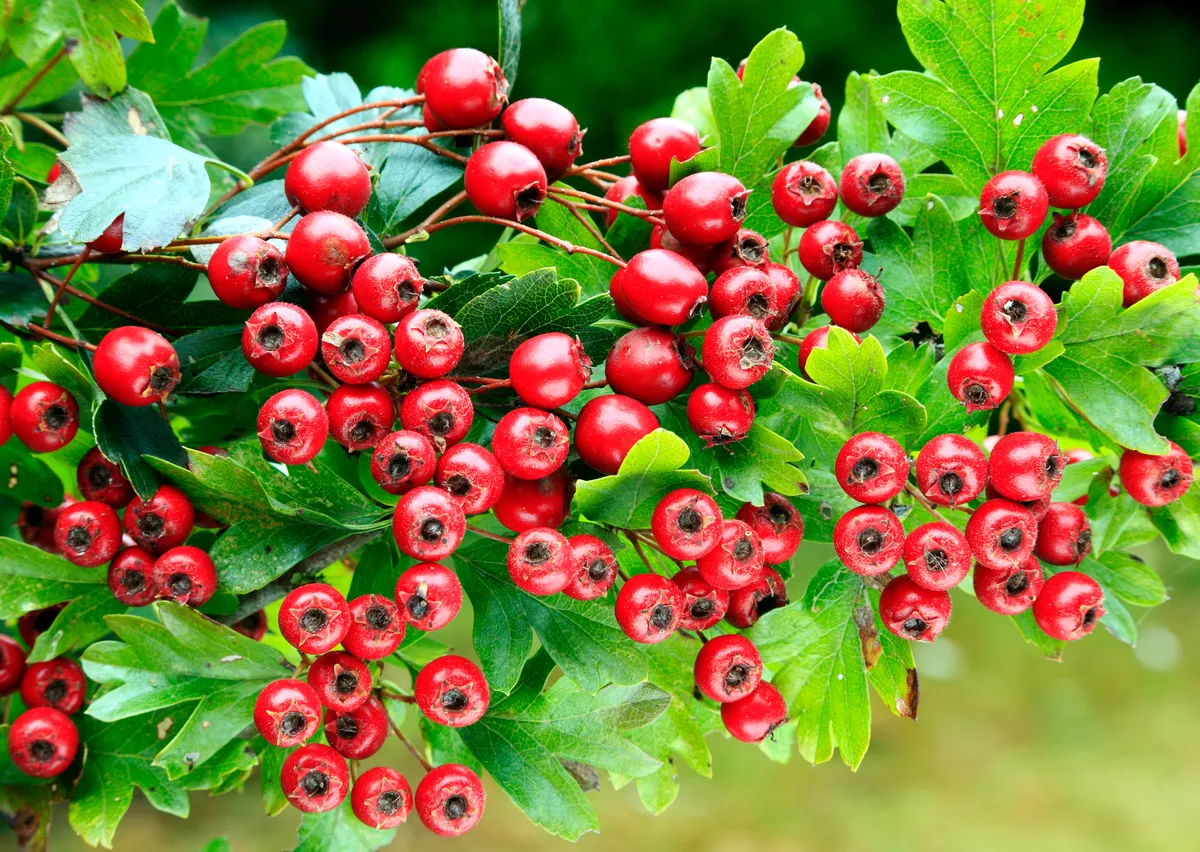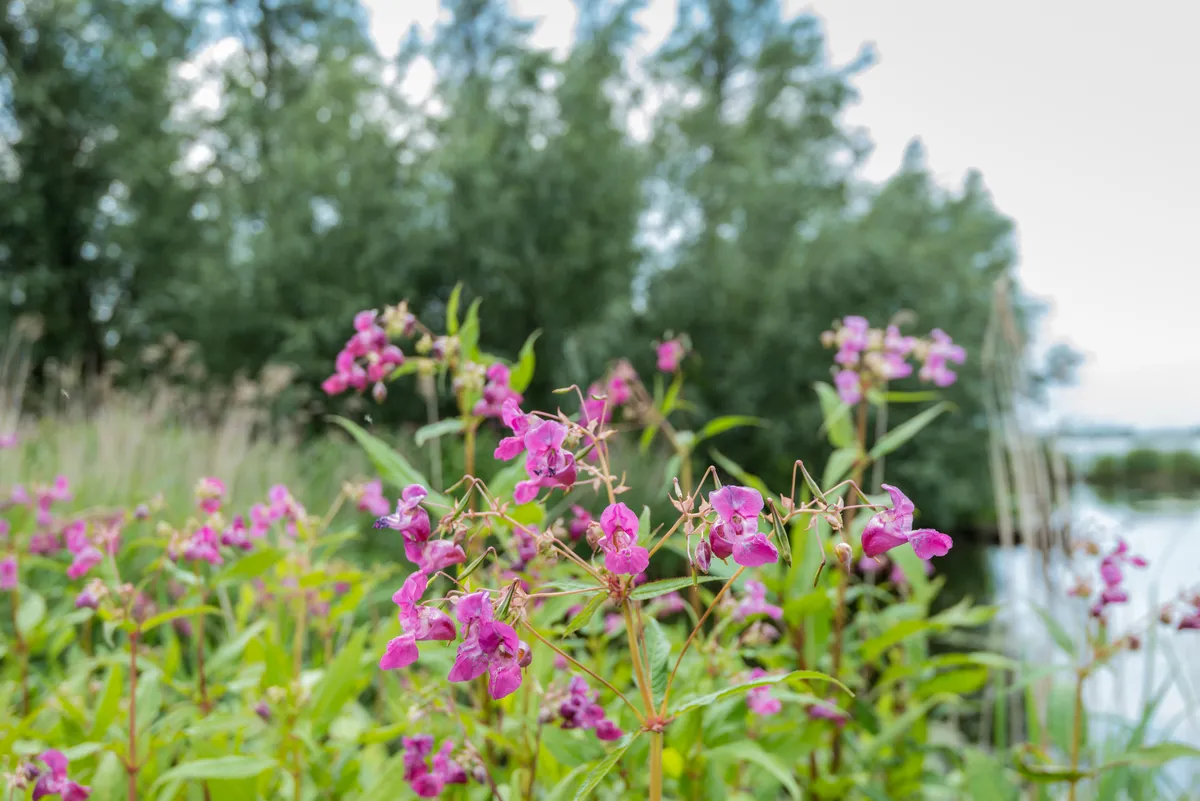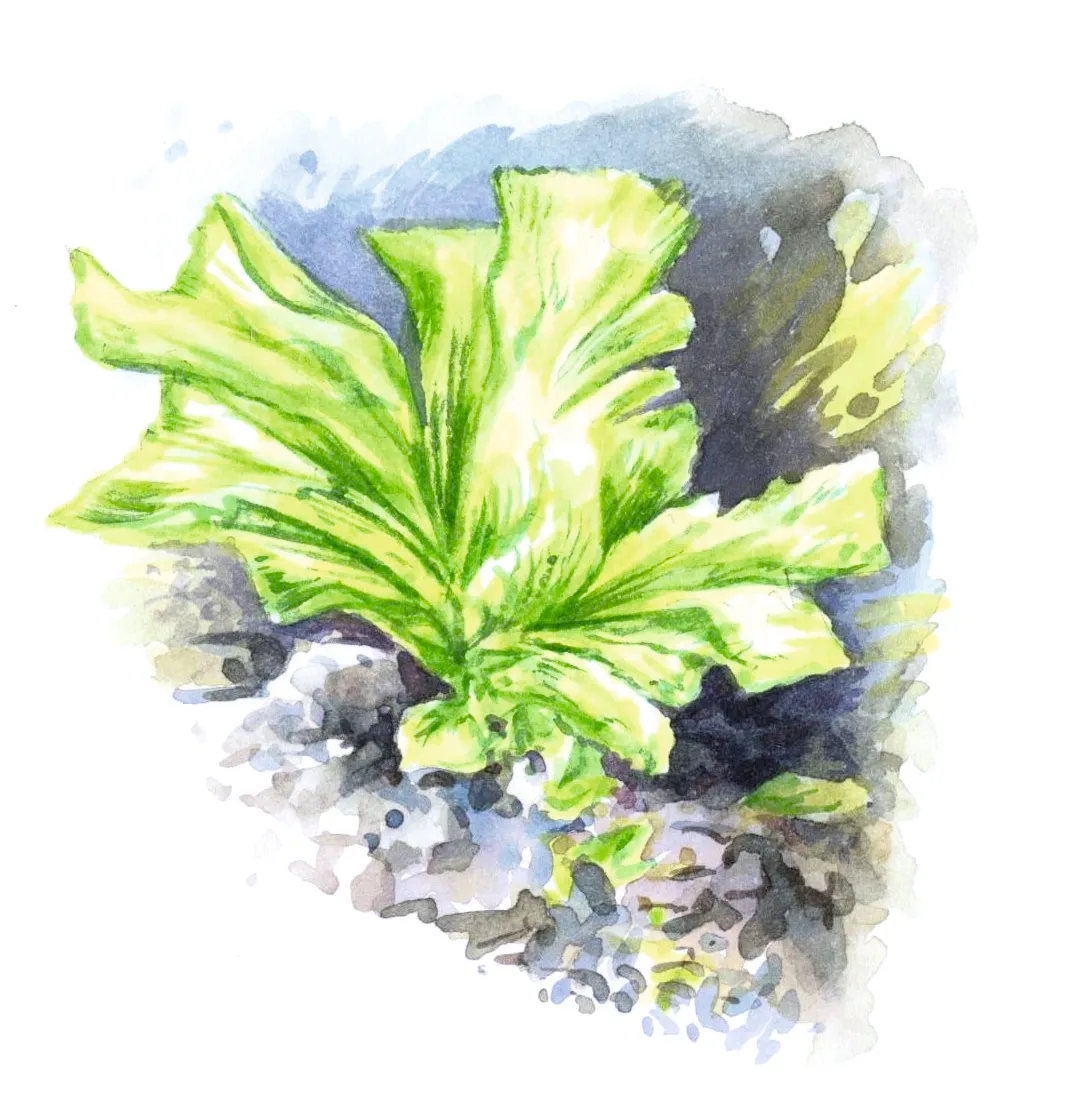If you're interested in foraging for wild food and want to expand your repertoire beyond blackberries and sloes, then check out these easy-to-find and common edible plants.
We've even provided a few tips on how you can use them in your cooking to make tea, sauces, salads and as ingredients in lots of delicious dishes.
Hawthorn

In autumn, each hawthorn tree produces hundreds of tiny, tangy, avocado-flavoured fruits. Once deseeded they make excellent ketchup, and the pulp can be mixed with ground nuts and dried fruits, such as dates or apricots, to make energy balls.
Nettle

Once blanched to neutralise their stings, nettle leaves make a pleasantly nutty alternative to spinach in cannelloni or ravioli. Large leaves can be gritty, so harvest only the top six or so from older plants.
Cep (Porcini)
King of all mushrooms, the cep pops up in flushes after rain from August (occasionally earlier) to October. It has an intense musky flavour, especially when dried and rehydrated, and is excellent in soups.
Rosebay willowherb

Use this common roadside weed with purple-pink flowers to make ‘Ivan’s Tea’. Roll the leaves into balls and place in a bowl. Leave them for a few days to ferment, then dry and steep in hot water. Serve with or without milk.
Elder

Elder blossoms at the start of summer, with berries appearing near the end. Its flowers add a delicate note to cakes and muffins, and its berries are rich and aromatic – mix with other fruits to make a delicious elder, apple and blackberry crumble.
Sea beet (sea spinach)
A coastal plant with glossy, beetroot-like leaves, sea beet soaks up the flavours of the ingredients in which it’s cooked – butter or balsamic vinegar, for example. It’s great with soft cheese, eggs or tofu.
Chickweed
You’ll find this common meadow and garden weed throughout the year. It’s a food source for small birds and insects – chaffinches and beetles, for example – as well as humans, with a wonderfully fresh, crisp flavour that works well in salads.
Himalayan balsam

The seeds of this invasive species have a walnutty flavour; use like walnuts or sesame seeds in everything from salads to burgers. To gather the exploding seeds without spreading them, place a bag over the plant and shake.
Sea lettuce

Found year round in rock pools across the UK, sea lettuce can be cooked as a crispy seaweed or served in a green salad with cucumber, sesame seeds, sesame oil and a dash of soy sauce. Alternatively, use it to make the Welsh delicacy laver bread.
Ground ivy
Despite its name, ground ivy is actually a member of the dead-nettle family. With its smoky flavour, this common woodland and hedgerow plant (or garden weed, depending on your point of view) makes a delicious tea; you can also use it as a herb in baba ganoush.
Main image: Picking elderflowers. © Christopher Hope-Fitch/Getty
